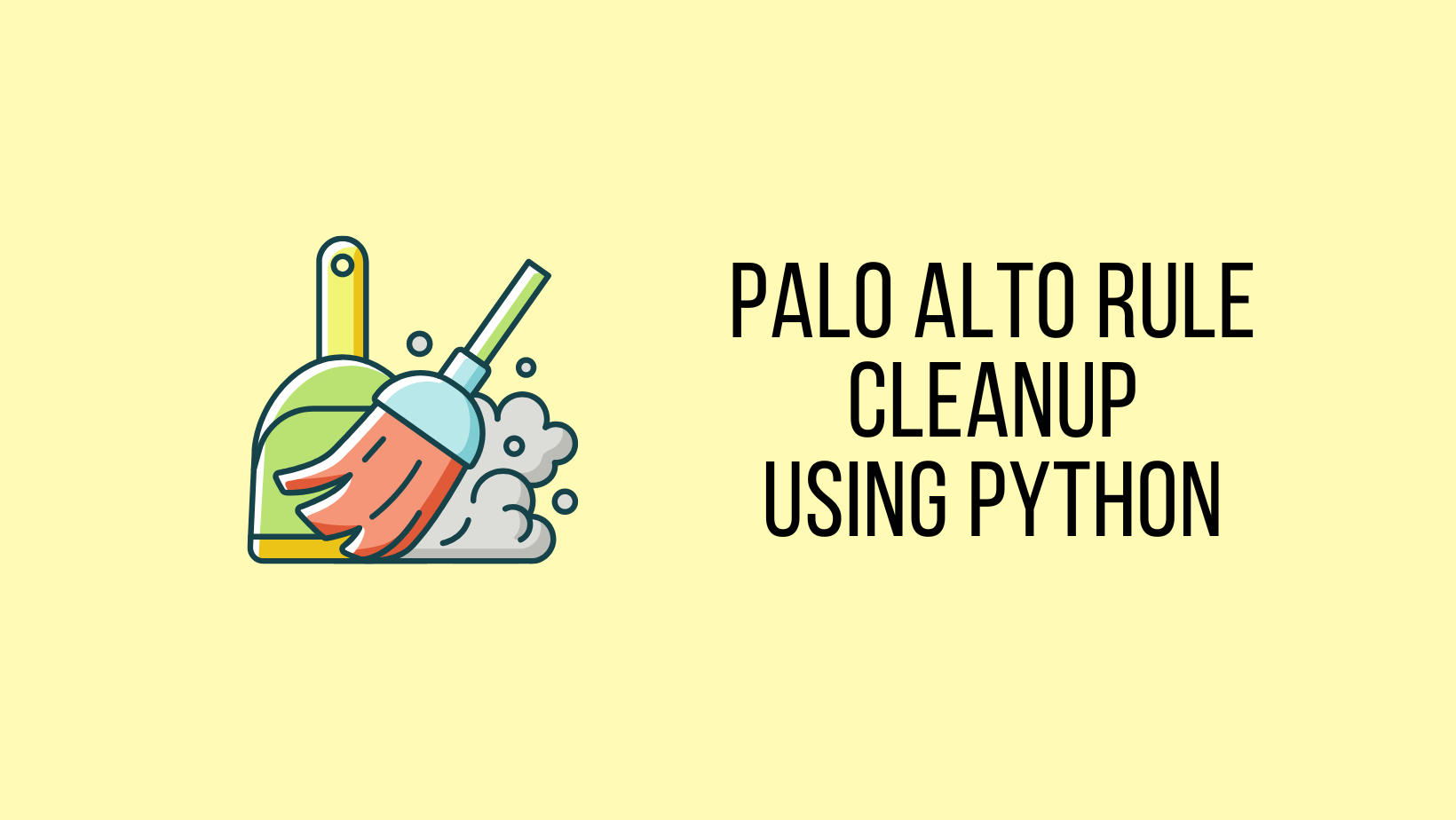How Much Money Does Arm Make In The Datacenter?
As we have been saying for quite some time, when it comes to datacenter CPUs, we think that homegrown Arm processors (as well as those made by independents Ampere Computing and Huawei Technologies) will eventually represent at least half of the computing capacity that the hyperscalers and major cloud builders install. …
How Much Money Does Arm Make In The Datacenter? was written by Timothy Prickett Morgan at The Next Platform.



